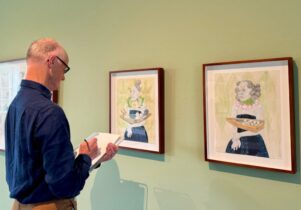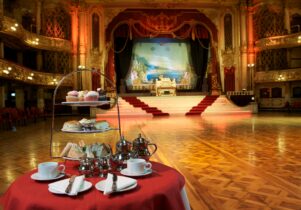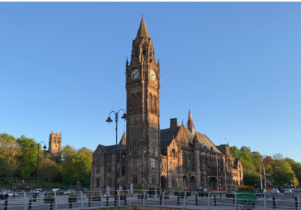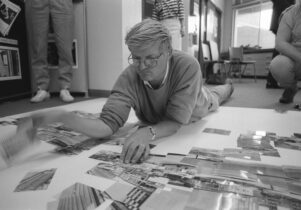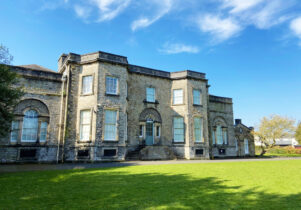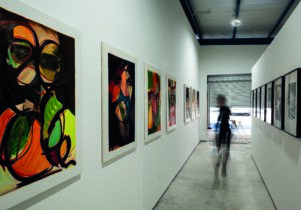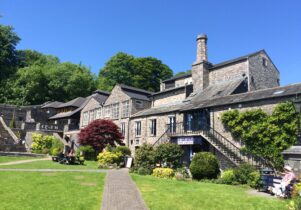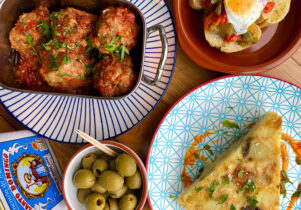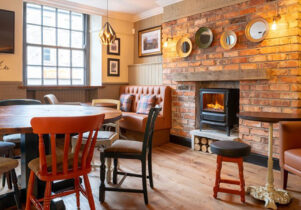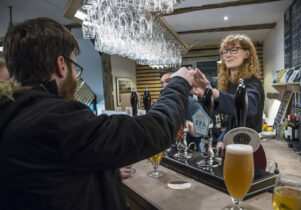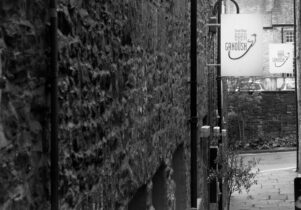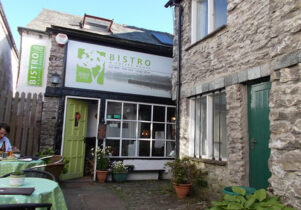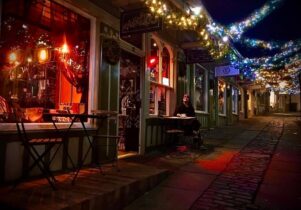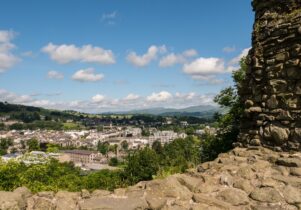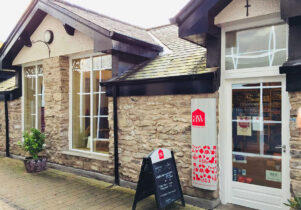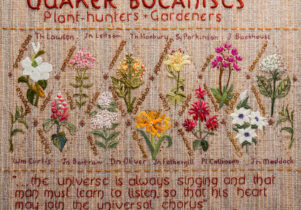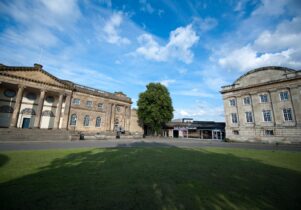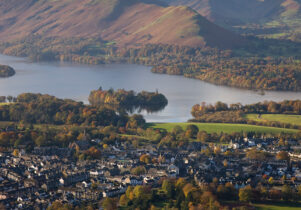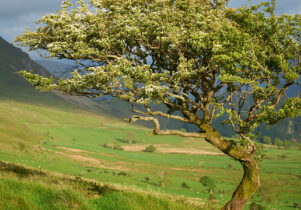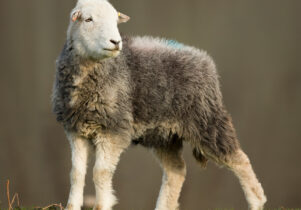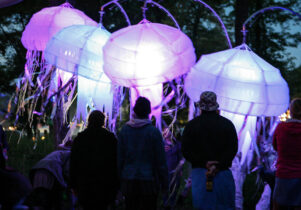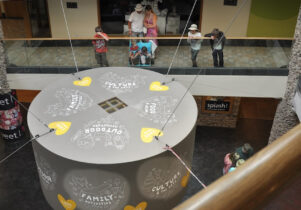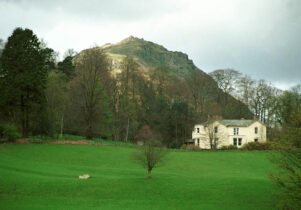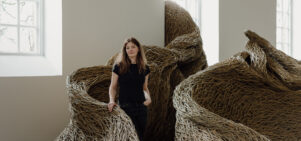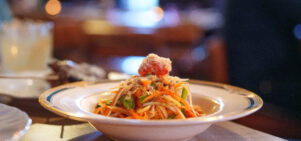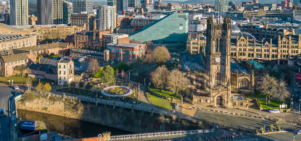Museum of Lakeland Life & Industry
Sara Jaspan, Exhibitions Editor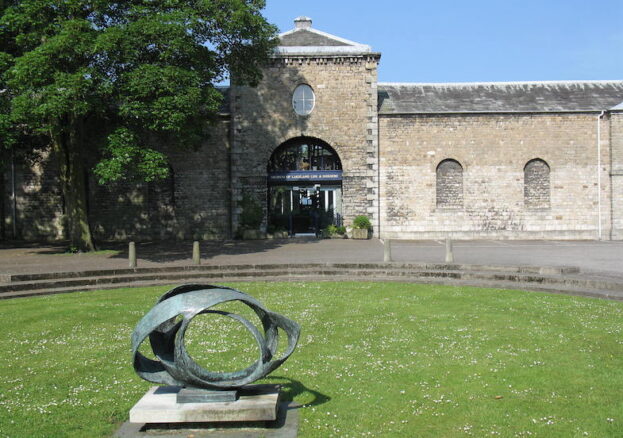
In 2017, the Lake District National Park was awarded UNESCO World Heritage Status, placing it on a list alongside other wonders such as the Grand Canyon and Taj Mahal. The decision was partly based on the area’s outstanding natural beauty and the inspiration it has provided for artists and writers across the centuries. But it was also made in recognition of the unique relationship between the landscape and the people that have lived there and shaped it through distinctive farming methods and industry over the last 1,000 years.
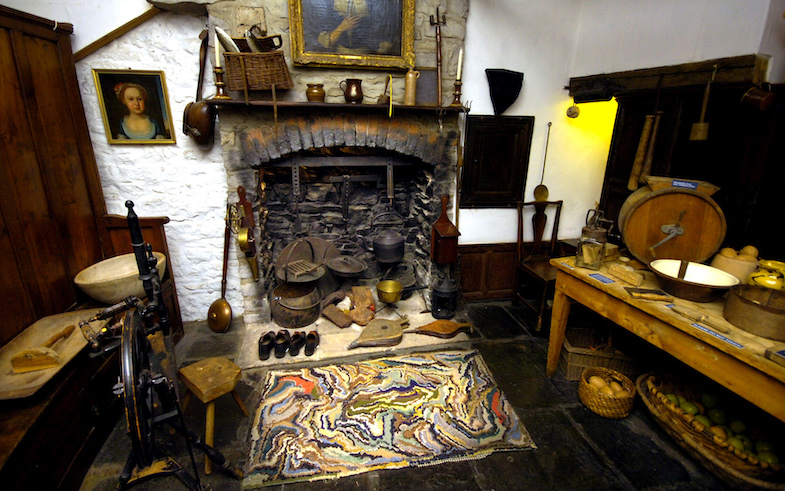
As the name suggests, the Museum of Lakeland Life & Industry in Cumbria helps tell this second, somewhat overshadowed part of the region’s story through the customs and traditions of its past inhabitants – who remained largely isolated from the rest of England until the arrival of the railway and motorcar. Agriculture, mining, tanning and the many other ways that people made a living among the fells are explored alongside what life was like on a more domestic level; from the food people ate and the homes they lived in through to the games children played.
A visit is not complete without walking down the Victorian high street or peering into the 17th-century farmhouse bedroom, and the museum is a fantastic place for families (free entry for children under 16), offering daily kid-friendly activities in addition to highly interactive displays, especially related to the changing exhibitions.
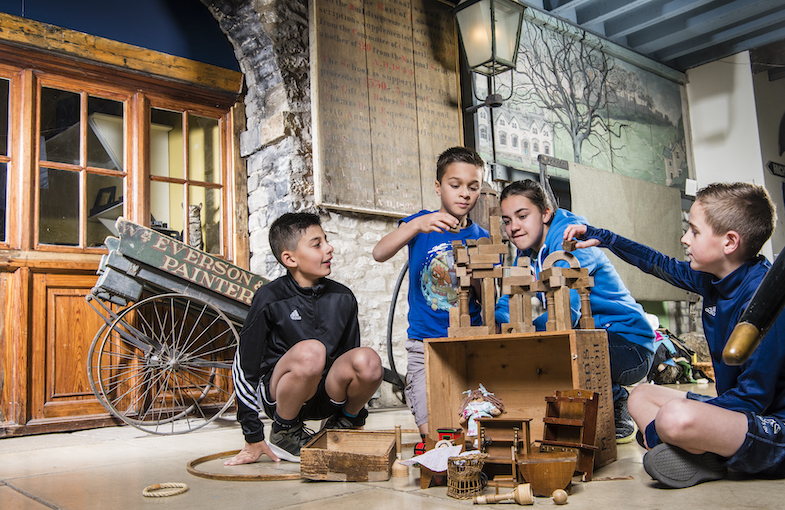
There’s plenty for those interested in the area’s rich cultural history, too, with its central importance to Romanticism, its place in the Arts & Crafts movement, and famous local figures such as the author Arthur Ransome (Swallows and Amazons) all explored within the museum’s displays. The Hardman Photo Library – a gifted collection of almost 5,000 glass plate negatives – provides a rare glimpse into Lake District life during the 1930-60s through the work of the Kendal-based photographer Joseph Hardman. And a changing exhibitions programme delves into specific aspects of Cumbrian history in more focus whilst drawing connections to the present day, making repeat visits well worthwhile.
The Museum of Lakeland Life & Industry is located just a few yards from another highlight of the region, Abbot Hall, with joint admission to both venues just £9.90. As well as its impressive art collection, we recommend you check out the award-winning Bakestone Café (named after the griddle-like device traditionally used to make oatcakes – a cornerstone of the Lakeland diet) serving locally sourced delicacies from Cumberland sausages and Westmorland chutneys to Kendal-baked breads, scones and cakes.
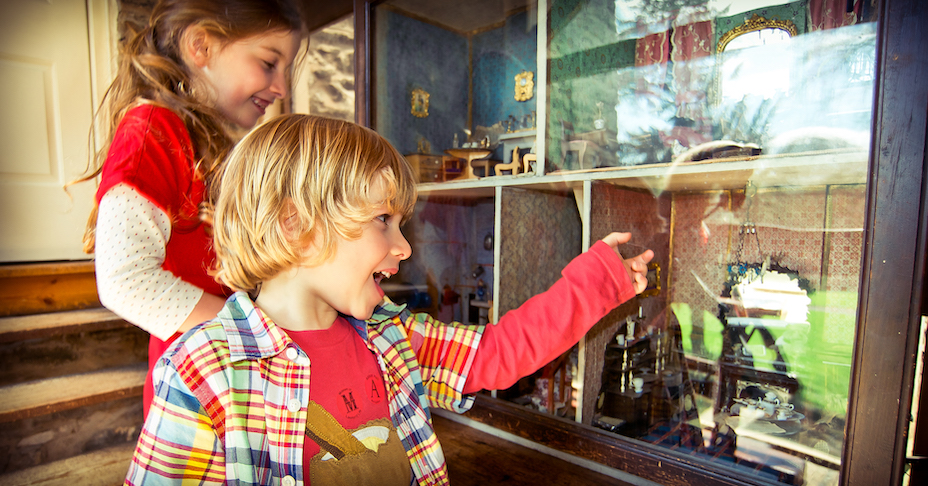
If you want to gain a deeper understanding of the Lake District and its fascinating past, this is, without doubt, the place to start. Also check out Blackwell, The Arts & Crafts House and Windermere Jetty: Museum of Boats, Steam and Stories nearby.
Note: The Museum of Lakeland Life & Industry is only wheelchair-accessible on the ground floor. Summer opening hours for the museum are 10.30am-5.00pm and 10.00am-5.00pm for The Bakestone. Winter opening hours (1 November-28 February) for the museum and The Bakestone are 10.30am-4.00pm.
